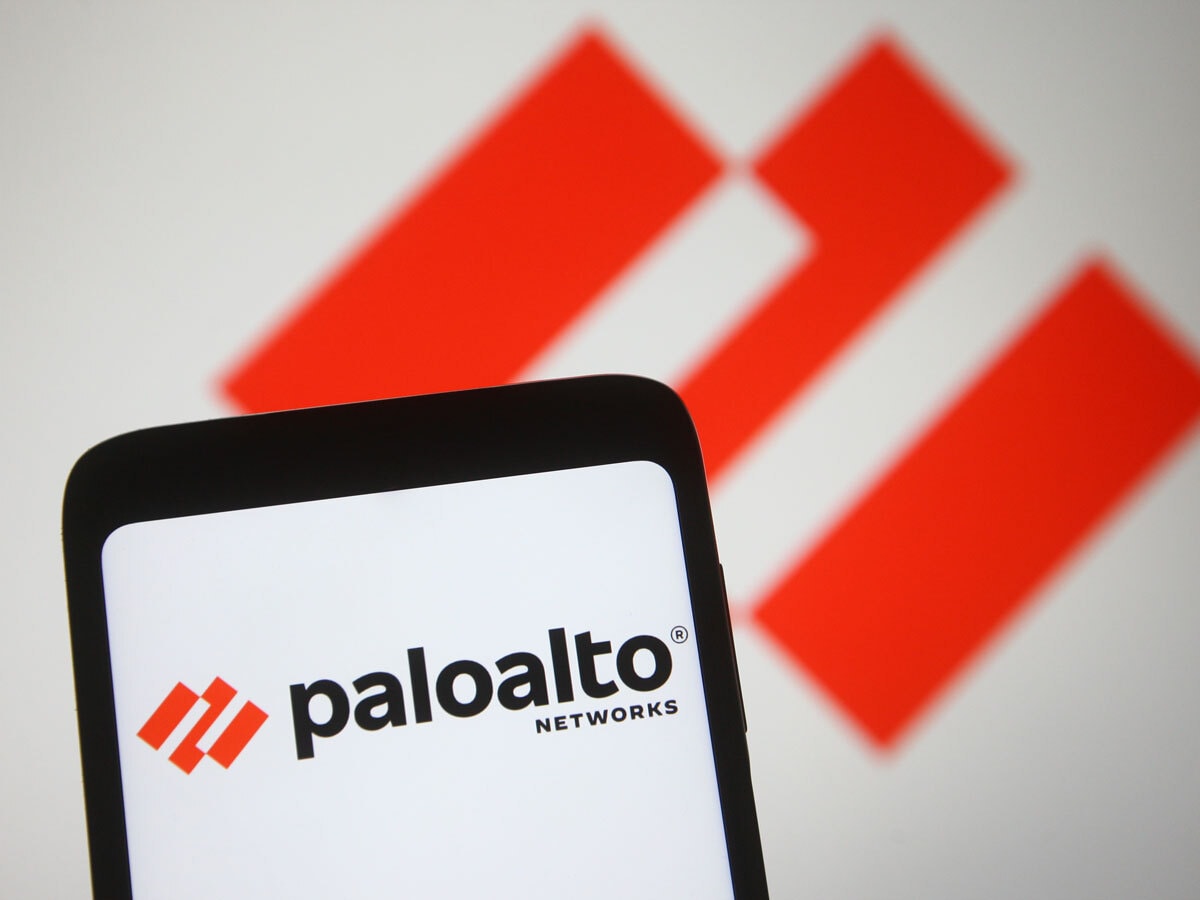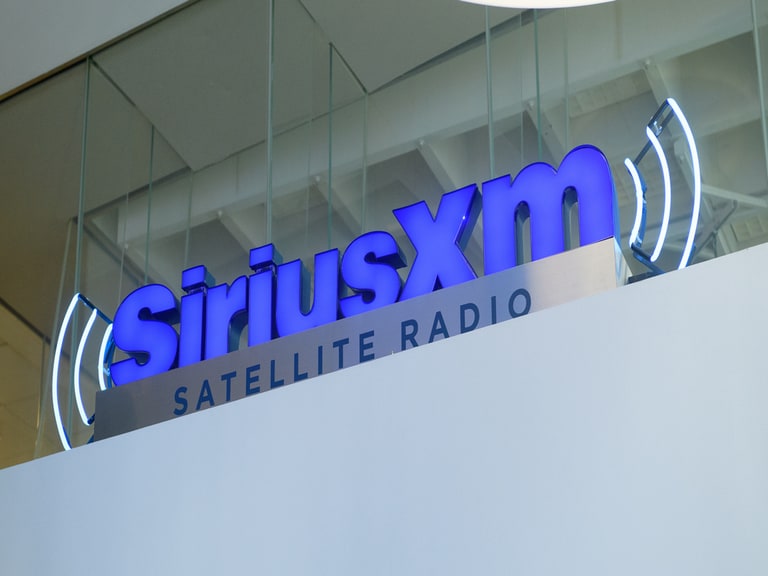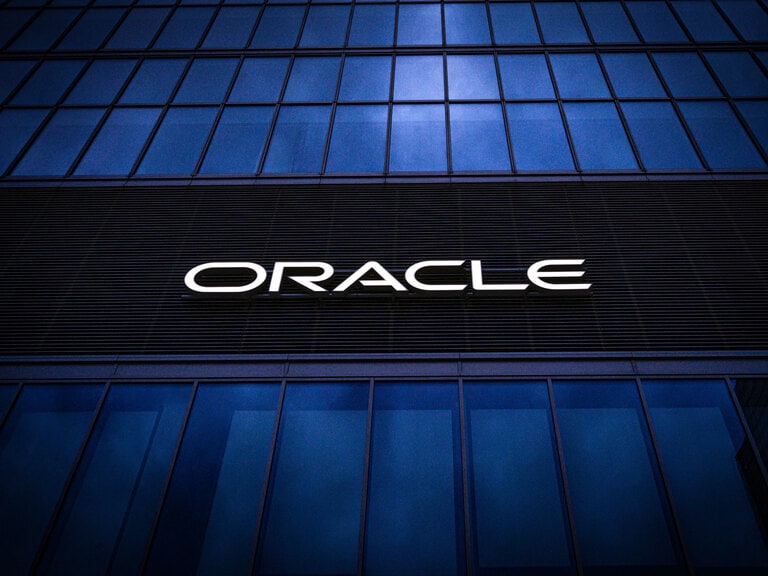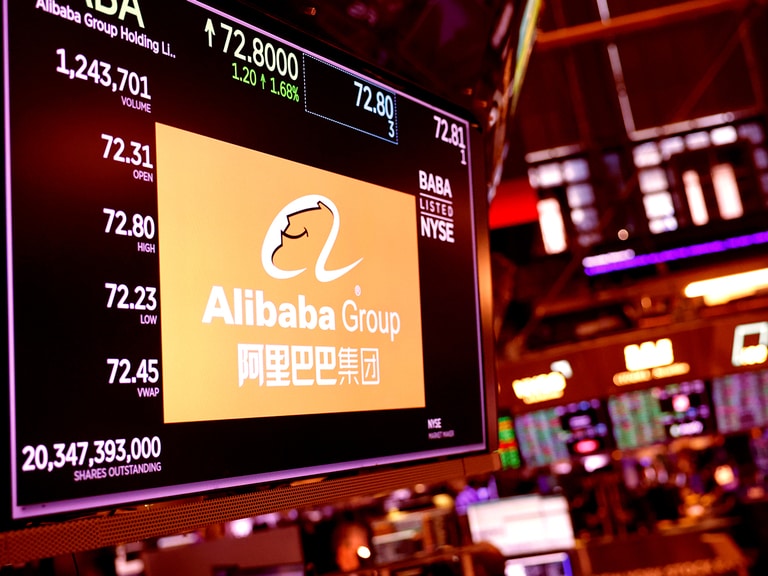Palo Alto Networks is shaking up its product offering and is incentivising customers by offering them “no-cost” periods until their legacy product contracts expire. The move has been weighing on the share price over the past few months. The company reports next Monday: Q3 results are expected to show the strategy had an impact on revenue and billings.
“One of the hardest things to do is to change the strategy that is working,” remarked Palo Alto Networks CEO [PANW] Nikesh Arora on the firm’s Q2 earnings call in February, announcing a major new plan known as ‘platformisation’.
This approach consolidates cybersecurity solutions into a single platform, to enable customers to accelerate endpoint protection.
Arora added: “We firmly believe as a management team that the changes we are making today are going to give us better prospects in the mid to long term and allow us to drive this consolidation much faster.”
It’s too early to say for sure whether ‘super investors’ are convinced by the shift.
According to Stockcircle, of the 13Fs filed as of 13 May, only one investment guru is confirmed to have traded Palo Alto Networks in Q1. Ken Fisher, Founder, Executive Chairman and Co-chief Investment Officer of Fisher investments, increased his stake by 52.8%, adding approximately 953,000 shares.
Palo Alto Networks Share Price Plunged on Weak Guidance
Palo Alto Networks reported revenue growing 19% year-over-year to $2bn in Q2. Net income was $0.5bn, or $1.46 per share, up from $0.3bn, or $1.05 per share, in the year-ago quarter.
The Palo Alto Network share price tumbled to close down 28.4% the day after the earnings report on 20 February, in which the company shared it was cutting its full-year outlook.
The company is now expecting billing for fiscal 2024 to be in the range of $10.1–10.2bn, down from a previously guided range of $10.7–10.8bn. The revenue forecast was lowered from $8.15–8.2bn to $7.95–8bn.
As for Q3, being reported on 20 May, billings are expected to be in the range of $2.3–2.35bn, which would mark a marginal year-over-year growth rate, ranging from flat to 2%. Revenue should be in the range of $1.95–1.98bn, which would be a 13–15% increase from Q3 2023.
New Strategy Expected to Impact Q3 Revenue and Billings
Arora explained on the earnings call that billings and revenue are likely to be lower over the next 12–18 months. “A typical customer entering into a platformisation transaction will not pay us for our technology for a period of time,” he said.
Once these customers have entered into a billing cycle, Arora added, the company hopes it “can sustain higher growth rates for longer driven by sticky and broad platform relationships with incremental customers”.
Fellow cybersecurity vendor Zscaler [ZS] isn’t convinced the shift towards platformisation will pay off.
Asked on its Q2 earnings call about the impact competitors offering free products could have, Zscaler’s CEO Jay Chaudhry said that many products given away as bundles can end up as “shelfware”, meaning they are underutilised or go unused: “This strategy starts to unravel over time. We’ll stick to our strategy”.
Palo Alto Networks Share Price Stalls
The Palo Alto Networks share price is up just 0.9% year-to-date as of 13 May. However, the stock is up 50.9% in the past 12 months.
Other than holding Palo Alto Networks shares outright, another way to gain exposure to the stock is through thematic ETFs.
The Amplify Cybersecurity ETF [HACK] has Palo Alto Networks as its fourth-biggest holding, with a weighting of 6.3% as of 13 May. The fund is up 1.6% year-to-date and up 34% in the past year.
The Global X Cybersecurity ETF [BUG] also has Palo Alto Networks as its fourth-biggest holding, with a weighting of 6%. The fund is down 1.8% year-to-date and up 27.5% in the past year.
Continue reading for FREE
- Includes free newsletter updates, unsubscribe anytime. Privacy policy






